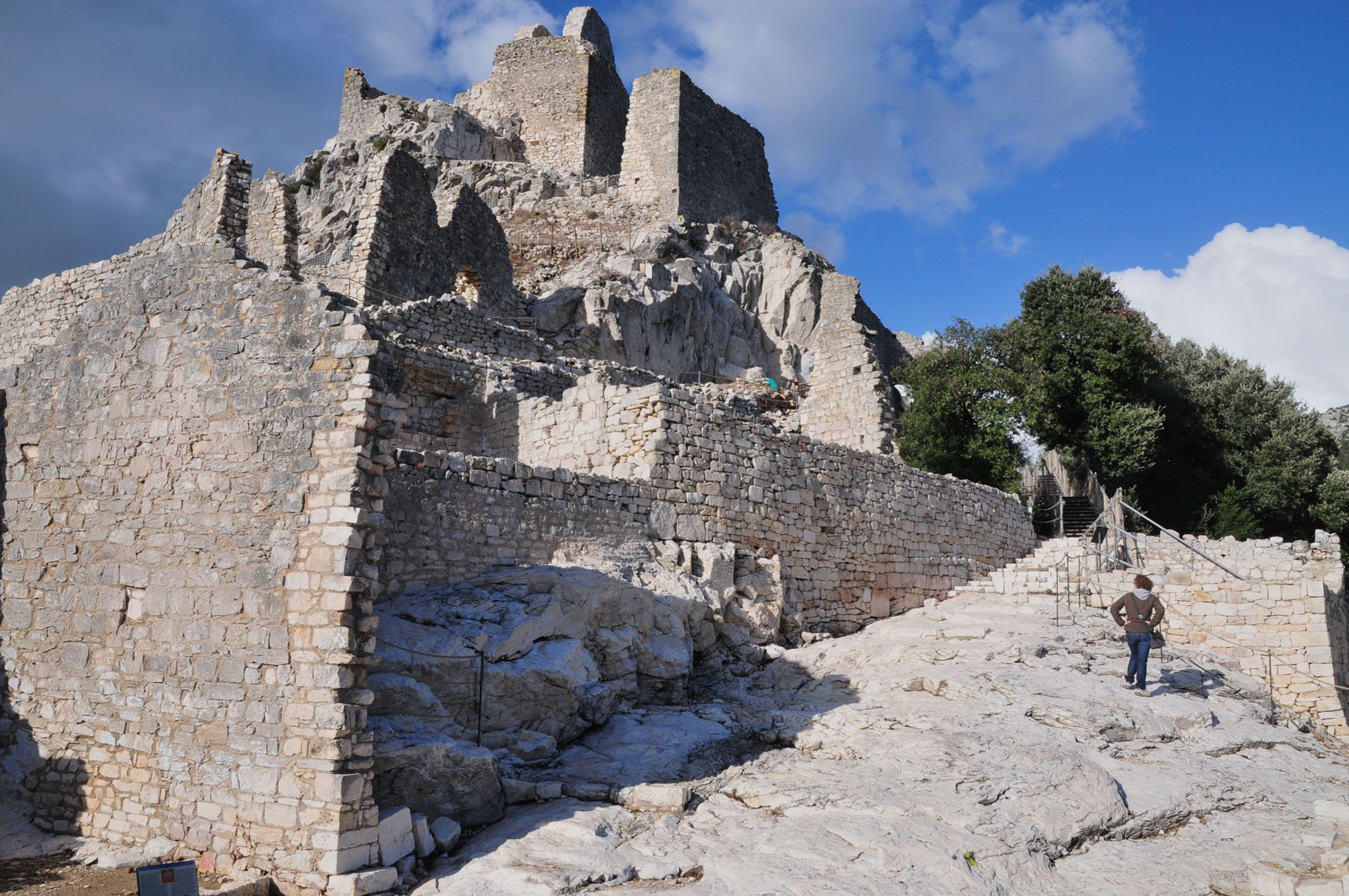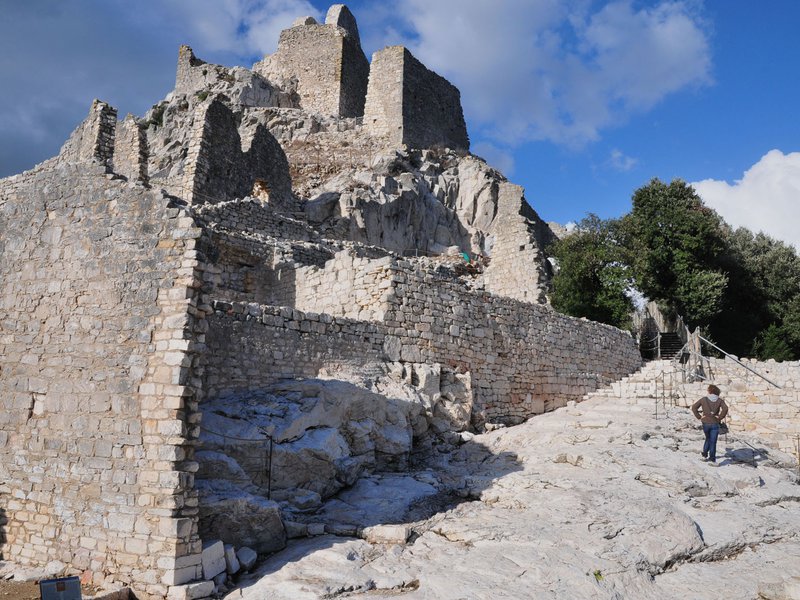



The San Silvestro Archaeo-mineral Park
The area surrounding the municipality of San Vincenzo is rich in historical sites that allow tourists to take a leap back in time. The generous nature, the abundance of minerals in the subsoil, the mild climate and the hilly, and therefore well-defended, landscape encouraged the men who lived in these parts in the Middle Ages to build a series of strongholds and magnificent villages.
The San Silvestro Archaeo-mineral Park, located about 5 km from San Vincenzo, houses one of these ancient constructions.
Following the paths carefully and professionally managed by the Società Parchi Val di Cornia will allow you to relive some moments of medieval life and satisfy some of your curiosities about metalworking.
A bit of history
The first constructions date back to the 10th and 12th centuries, when the owners of the Rocca decided to start working with copper and silver lead. Among the various uses of the metals processed at San Silvestro, mention must be made of the monetary production carried out in the mints of Lucca and Pisa.
Like most of the fortresses, castles and related villages in this part of Tuscany, San Silvestro, during the 12th century, was owned by the Della Gherardesca family and later by some of their vicars.
Rocca a Palmento was the first appellation used to define the settlement. This title derives from a millstone, a Palmentum, located in the mill below the church. While the present name comes from the saint to whom the church was dedicated.
The ruins that can be seen today date back to the second half of the 13th century, when, as a result of demographic expansion, the village developed on the eastern slope, where the morphology of the hillock allowed for building growth. The dwellings consisted of one or two floors with a total surface area of approximately 27 square metres. And the number of its inhabitants was around 200 to 250 people, distributed in about 42 dwellings. the first document attesting to the presence of the church dates back to 1281. In front of its churchyard was the cemetery, a clear sign of the close link between life and death in medieval society. The stately residence was built on the highest part of the fortress. And the metallurgical processing area was placed on artificial terraces, previously used as a quarry for building materials.
The Park areas
The internal area of the Park is divided into three areas:
1) Temperino Area. This is located near the park entrance and houses the Temperino Museum, where you can find the necessary introductory information for the subsequent visit to the mines and the San Silvestro Fortress. The Temperino Mine is also located in this area, a 360-metre underground itinerary, preceded by several information panels through which it is possible to get an idea of the different mining techniques used over time.
2) Pozza Earle Area. Consisting of the Mining Machinery Museum, the Miner's Museum, and the Lanzi - Temperino Tunnel, which, by means of a mining train, leads to the Rocca di San Silvestro.
3) Lanzi Valley Area. Where the Rocca di San Silvestro and Villa Lanzi stand. The latter is a 16th-century building built by Cosimo I De' Medici as a residence for some expert miners from Germany.



